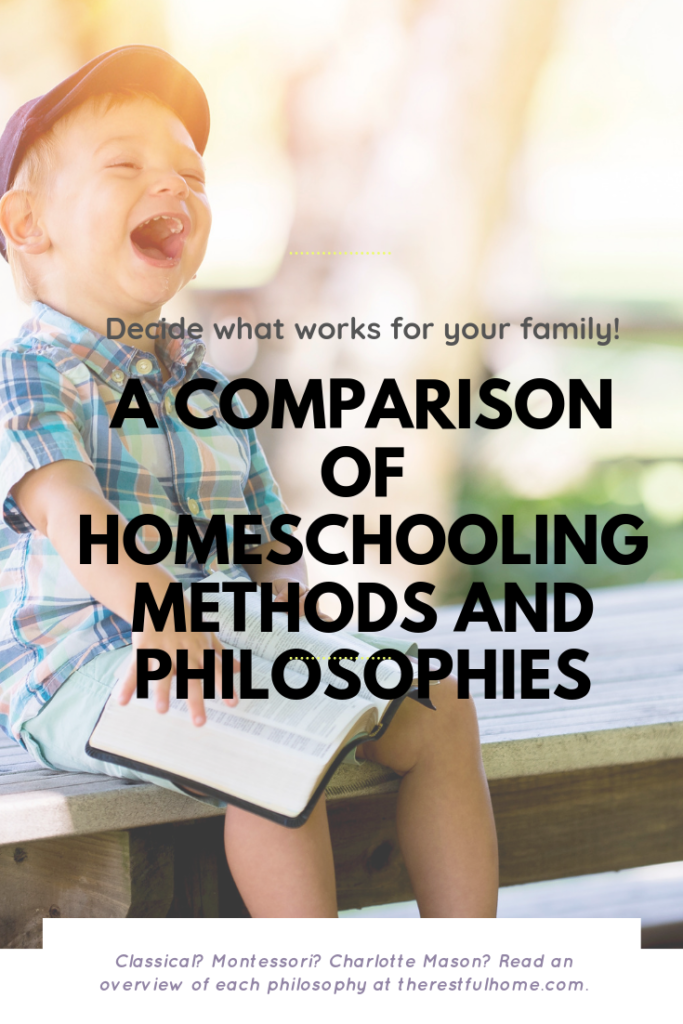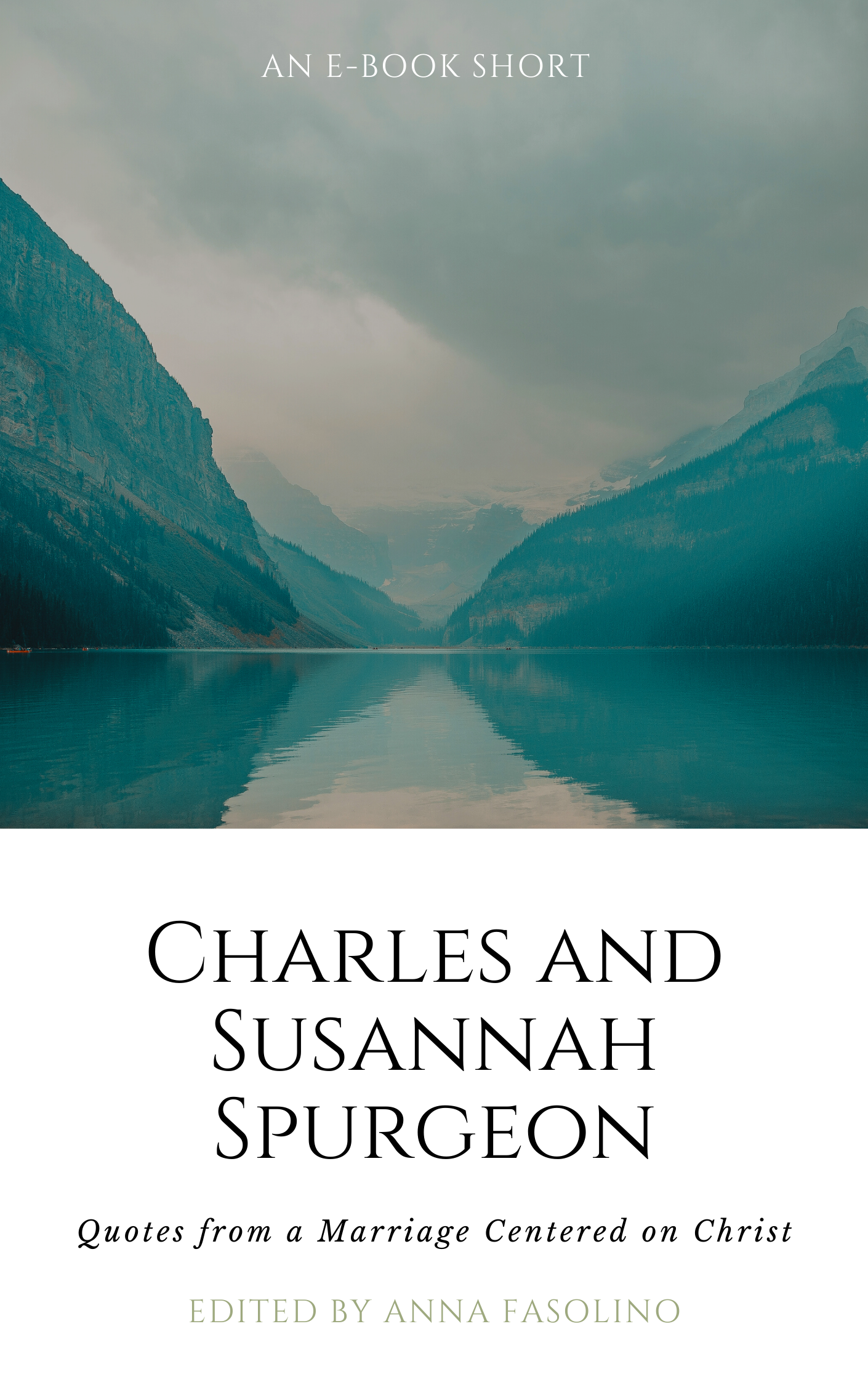
Montessori? Classical? Unschooling? Read this comparison of some popular homeschooling methods and philosophies. Check out some of the recommended reading. Then, decide what works for your family!
If you’re considering educating your child at home, you may wish to examine different homeschooling methods and philosophies before choosing a curriculum. Here is a brief overview of some of the most popular philosophies.
Classical
Classical education fits well with a Christian perspective because it is learning-centered rather than child-centered. Strenuous academic preparation and accomplishment brings a child from the early grades, when memorization is prioritized, to high school, when rhetoric (the ability to understand and clearly present information and your beliefs through skilled written and oral communication) becomes king. Classical education is divided into three stages of a “trivium.” In the grammar stage, children memorize and lay the foundation for later discoveries. Students in the logic stage begin questioning ideas and conducting experiments. In the rhetoric stage, they may specialize in an area of expertise while rapidly honing their ability to communicate.
During each stage, wide and varied reading is urged and encouraged. Latin is seen as the language of order and becomes a basis for learning other foreign languages, science, etc. English grammar is prioritized at all ages.
Recommended reading:
The Well-Trained Mind, by Susan Wise Bauer
Montessori
Montessori is child-centered education. It presents information to a child and often allows the child to choose where to focus his or her attention. (How this might look if carried through to the high school years: the teacher might present information on the environment. Then, she/he would allow students to choose an area of research, such as global warming or the effects of the ocean tides.) Montessori is primarily known for its methods for sparking interest in learning among children who are in preschool or early elementary years. Children are encouraged to make their own healthy choices, are given many opportunities to learn in creative ways, and are given an orderly, child-friendly environment. Parents/teachers are seen as helpful facilitators to learning rather than as authoritative leaders of learning. Art and music are prioritized from very early ages.
Recommended reading:
Montessori: A Modern Approach, by Paula Lillard
Unschooling
Unschooling, as it is called, rejects the traditional idea of planned school altogether. Daily life is seen as the greatest teacher for children. Following a recipe may become a math lesson, not in addition to the math lesson, but the math lesson itself for that week. When a child shows interest in a subject, such as literature, parents are encouraged to use that opportunity to provide many sources to encourage that interest. (Trips to the library, book recommendations, etc.) If the subject the child shows interest in is lizards, the family might use that month as science-unit month and spend much time outside examining animal life or reading about animals.
Unschooling is dependent on a parent’s observation of his or her child’s interests and the parent’s ability to foster that interest and use it as a learning opportunity. If a child struggles with reading at an early age, there is little pressure to “fix the problem.” Instead, one simply waits until the child is more ready. (The concept is that a 6-year-old who takes an entire year to learn to read may become a 9-year-old who can learn to read in a day.)
Recommended reading:
Charlotte Mason
Based on the research and teaching of an influential British educator during the early 1900s, the Charlotte Mason method of homeschooling brings great literature to the fore. Children are encouraged to read widely and deeply from time-tested classics. They are introduced to art and music, and learn to observe and appreciate nature. Their reading comprehension skills are built by frequent narrations (they orally explain or write out narrations of what they have read). Their writing, grammar, and spelling skills are strengthened by copywork or dictation (thus learning to write from masters of writing).
“Living books” replace textbooks. For example, an author who is an expert on animals (and has a passion for them) is considered a better source for learning about animals than a committee that has created a science textbook with a section on the animal kingdom. Parent-teachers are encouraged to avoid “dumbing down” concepts for children. Children are seen as capable, observant, intelligent learners with a great capacity for growth in an environment rich in good-quality literature, art, music, etc. Providing the right home atmosphere, cultivating self-discipline in the learner, and exploring ideas rather than dry facts are 3 concepts Charlotte Mason saw as of extreme importance in education.
Recommended reading:
A Charlotte Mason Companion: Personal Reflections on The Gentle Art of Learning, by Karen Andreola
Home Education, by Charlotte Mason
Unit Studies
Both public schools and home educators have experimented with using unit studies as a way to teach many subjects as a connected, coherent whole. A unit study takes one general idea and applies it to many academic skills.
For example, one month of “school” might be focused on plants. In science, students would examine plants, discover their component parts, and conduct experiments with plants. In math, they might calculate the number of seeds a farmer would need to plant in a given season, given the probability of seed germination, the effect of natural phenomena, etc. Younger children might learn to count using beans. Language arts would be taught using literature that focuses on plant life and the environment. (For high schoolers, Silent Spring might be on the booklist; very young children could read and write about or retell an Eric Carle book following the lifecycle of a seed.)
The possibilities are nearly endless. An obvious benefit of using unit studies as one of your homeschooling methods would be the ease with which it is adapted to multiple age groups in the same “class” (family).
Eclectic
Finally, an eclectic approach to homeschooling can combine any of the approaches mentioned above. For example, the Charlotte Mason/Classical approaches may be blended. (Both emphasize literature.) Or a Montessori approach could be used in combination with unit studies. Many homeschooling parents have found that one approach may work perfectly with one child but not as well with another. As the parent, you are free to mix and match. However, you want to find a philosophy that is a good fit for your personality, your child’s personality, and your beliefs.
Homeschooling methods vary, but your determination and perseverance are what will bring success.
You might also enjoy reading:
Classical vs. Montessori: the Preschool Years
Montessori vs. Waldorf for Babies and Preschoolers (Waldorf is yet another educational philosophy, used mainly in very early childhood education.)






 : a favorite place to walk when we can!
Once
: a favorite place to walk when we can!
Once 
![The first photos are of my parents’ sprawling rural Arkansas garden. The last is of my tiny little beds in the big city. Plants bring life to even the smallest corner!
I’ve been reading some beautiful fiction this year, and I just posted a review of a book by one of my favorite authors, Leif Enger. (https://therestfulhome.com/brave-young-handsome-review/ in your browser, or click on the link in my Instagram profile) If you don’t have time to read the book, though, here’s just a quote or two for your enjoyment:
🎼
“Death arrived easy as the train; [he] just climbed aboard, like the capable traveler he was.”
🛤️
On riding a horse: “You are a feeble and tenuous being; the only thing a horse wants from you is your absence.” 🐎 😄
#quotes #leifenger #amreading #gardens #gardening](https://scontent-atl3-1.cdninstagram.com/v/t39.30808-6/468657020_18342474787176025_4442629541396867851_n.jpg?_nc_cat=108&ccb=1-7&_nc_sid=18de74&_nc_ohc=DEja6UP2ct4Q7kNvgEYJxCM&_nc_zt=23&_nc_ht=scontent-atl3-1.cdninstagram.com&edm=ANo9K5cEAAAA&_nc_gid=AA4bBsvQ_JpqZXLUPUTpTC8&oh=00_AYCjI9LUx-cJxe6cu0n7H1Gounaz92aBlTrQacnKut8umg&oe=67567CAB)
















